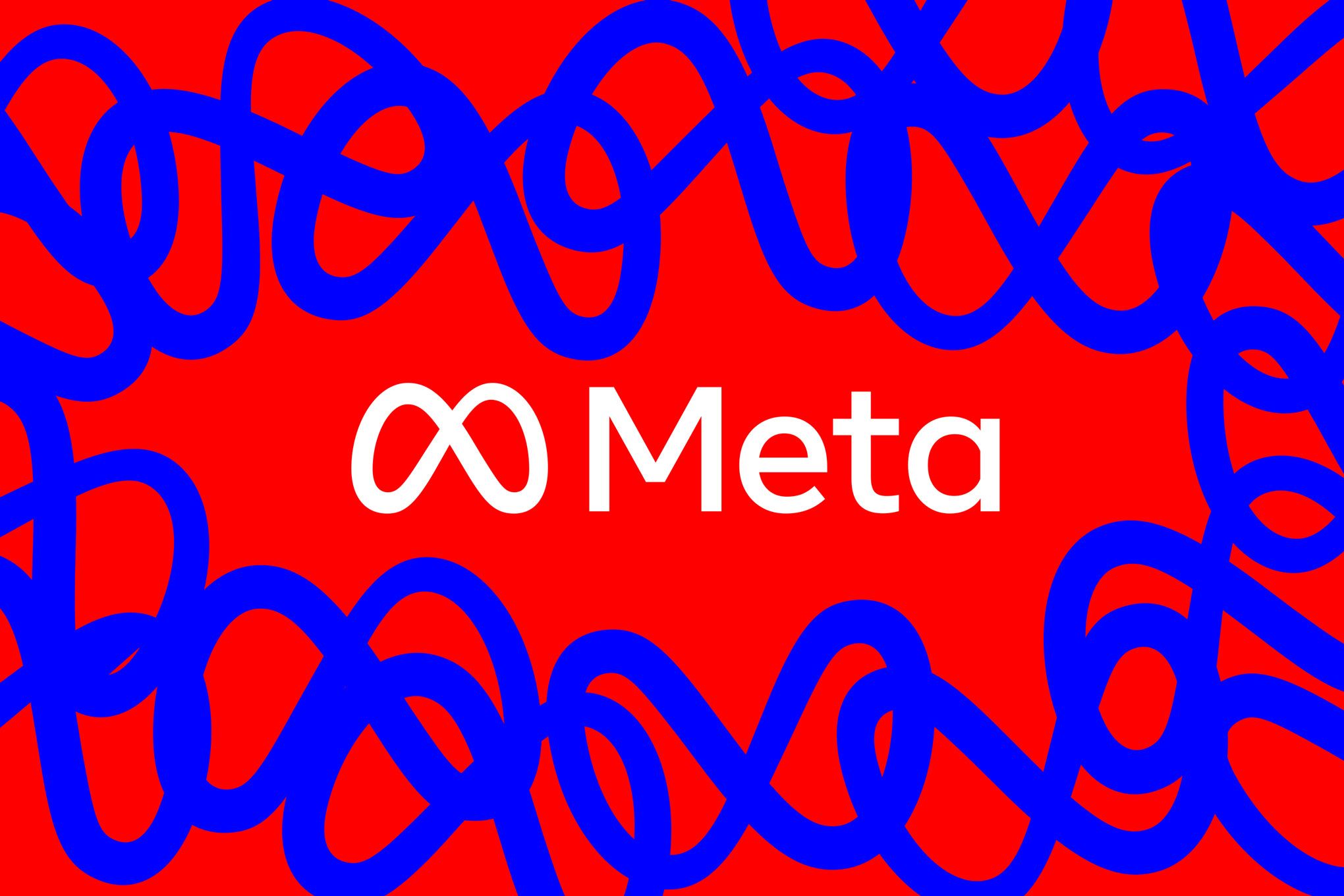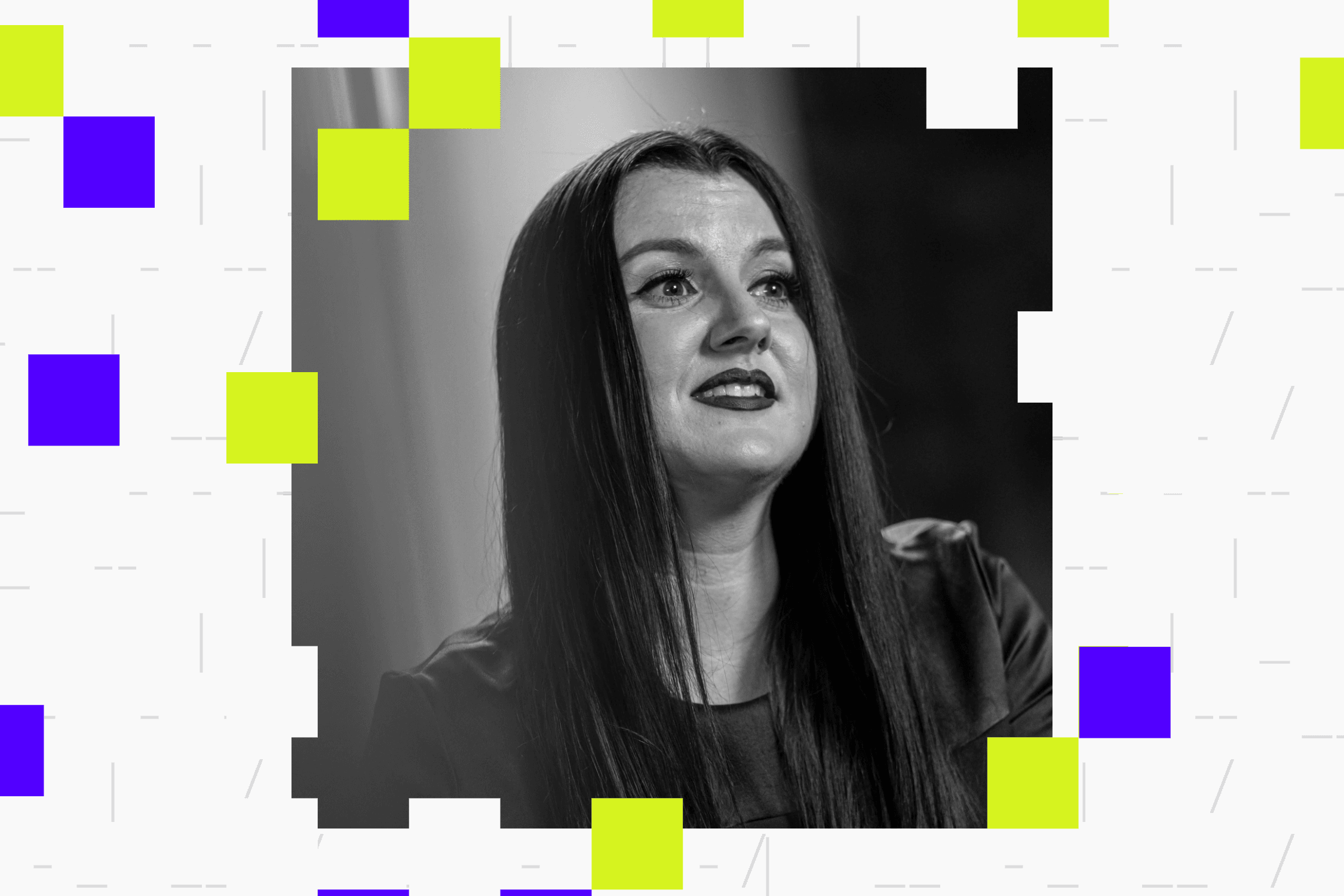OpenAI just fired a warning shot at the booming SPV market, telling investors to steer clear of unauthorized investment schemes targeting its equity. The company's new policy threatens to void deals that circumvent transfer restrictions, as AI startups crack down on speculative secondary trading that's exploded alongside the AI boom.
OpenAI just dropped the hammer on speculative investors trying to cash in on AI's hottest ticket. The company issued a stark warning against "unauthorized opportunities to gain exposure to OpenAI through a variety of means," specifically targeting the special purpose vehicles that have become the Wild West of AI investing. The timing couldn't be more pointed - as SPV markets explode around AI companies, OpenAI is drawing hard lines about who gets to play.
"We urge you to be careful if you are contacted by a firm that purports to have access to OpenAI, including through the sale of an SPV interest with exposure to OpenAI equity," the company declared in its new policy. The message is unmistakable: buyer beware, because these deals might be worthless paper.
The crackdown reflects how SPVs have transformed AI investing over the past year. These pooled investment vehicles, traditionally used for legitimate secondary transactions, have morphed into a feeding frenzy around companies like OpenAI, Anthropic, and xAI. Investors shut out of primary rounds have poured money into SPVs promising exposure to AI's biggest names, often at eye-watering premiums.
OpenAI's threat carries real teeth. "If so, the sale will not be recognized and carry no economic value to you," the company warns about deals that circumvent transfer restrictions. Translation: your investment could vanish overnight if OpenAI decides your SPV crossed the line.
The company isn't acting alone. Business Insider reports that Anthropic has already flexed similar muscle, telling it must use its own capital rather than an SPV for an upcoming investment round. The message from AI's unicorns is clear: we're taking back control of our cap tables.












